However, if you aren’t starting from such economic accounts, rather using them as last-in-line evidence for what’s already proposed by other means, then high-frequency data can be useful for corroboration. The more evidence that tells a consistent story, even if not fully emergent, the higher the likelihood it’s a real one and not mere randomness or statistical noise.
This isn’t to propose any mystery; we all know what that “something” was. Gasoline prices already priced too high before then got pushed a measure too far by even more unfavorable supply dynamics related to Russia’s deliberate misadventure into Ukraine.
CPIs are backward-looking.
The implication was as straightforward as it was contradictory to the mainstream notions of violently out-of-control inflation; a tipping point may finally have been reached when recession had become perhaps inevitable.
While the Federal Reserve plays its rate hike theater to placate the politics of consumer prices way beyond its grasp, these market warnings and positions today focus more so on “when” this might happen having already mostly settled any lingering “if.”
Here’s where the economic data comes into play. We already know the markets have been raising recession risks for over a year, gaining only more confidence as the months have passed. The financial fireworks in March just added more fuel to the recession not inflation fires.
Over the few months since, more and more evidence aligns with that outlook. Anecdotes from shipping companies, for example, tell of a definite change in business (for the worse). Container rates especially China/East Asia to the U.S. West Coast suddenly and sharply falling since, yes, March.
Big retailers like Target and Walmart warning not just about their profits, lowering these bottom-line projections due to suddenly too-high inventories, gouging input costs they cannot pass on to consumers because, since March, consumer spending in their stores is no longer holding up as it had last year.
Now the Census Bureau comes out with data displaying what these anecdotes had hinted. Retail sales in the United States declined on a seasonally-adjusted basis April to May. It wasn’t a huge decline by any means, but that’s how it starts.
Not just weak sales in May 2022, but increasingly weak going back to March. Census had first revised retail sales lower in the months of March and especially April first before then adding meaning subtracting to get May’s.
If this was all we had to go on, it wouldn’t be much of anything. You could easily dismiss it as statistical noise, random fluctuations, even the possibility Americans are going back to normal, spending less time and money on Amazon.com because the country is now and finally back open as it always belonged.
But this is not all we have to go on. We have a mountain of existing suspicion priced into and by the most sophisticated, deepest markets human beings have ever created. The same markets which time and again have served as the basis for making accurate, useful predictions (unlike those spat out by the Federal Reserve).
There are other data from overseas economies showing that recession-like trouble isn’t solely America’s problem. Domestic data like recent estimates drawn from the labor market presenting at best a serious slowdown, more likely an actual downturn for jobs in March, April, and May (rising jobless claims to go with the Household Series of employment that ended up lower in May when compared to March two months before).
Slowing even modestly falling retail sales is only too consistent with everything else, including one final factor: common sense. How do we put common sense into data form? Consumer sentiment that is, for the University of Michigan’s six-decade old survey, a record low. The other from IBD/TIPPS “only” the worst in eleven years, equivalent to the ugliness that was 2011.
As currently stands, real GDP in the United States during this eventful second quarter is more and more likely to be negative, too. Recall that real GDP from Q4 last year to Q1 this year was “unexpectedly” (in any mainstream but not market sense) a minus already.
If it walks like a duck, quacks like a duck…
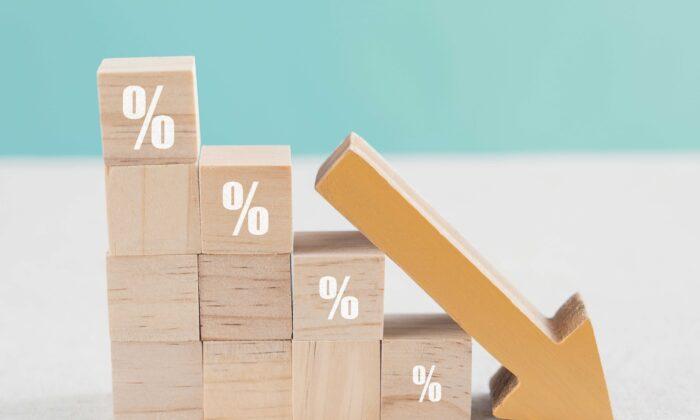

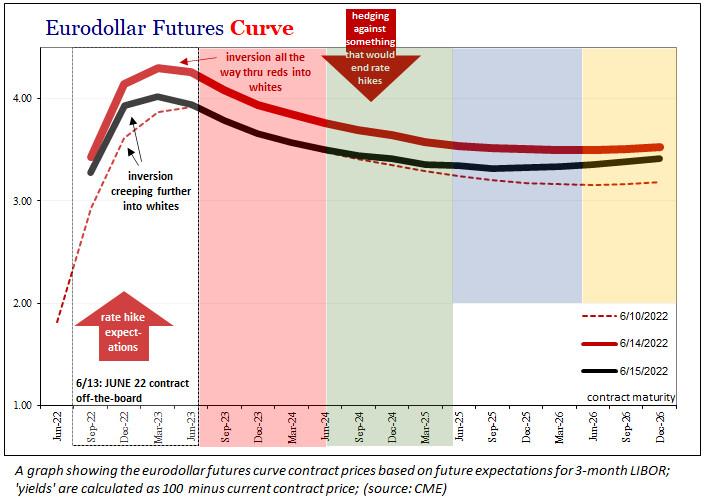
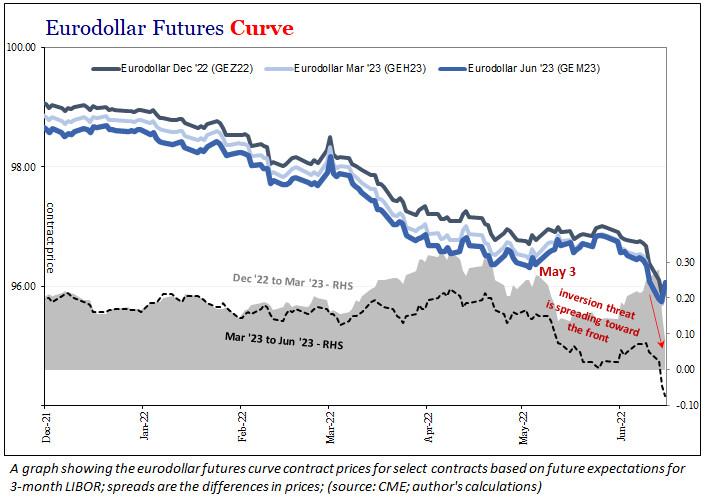

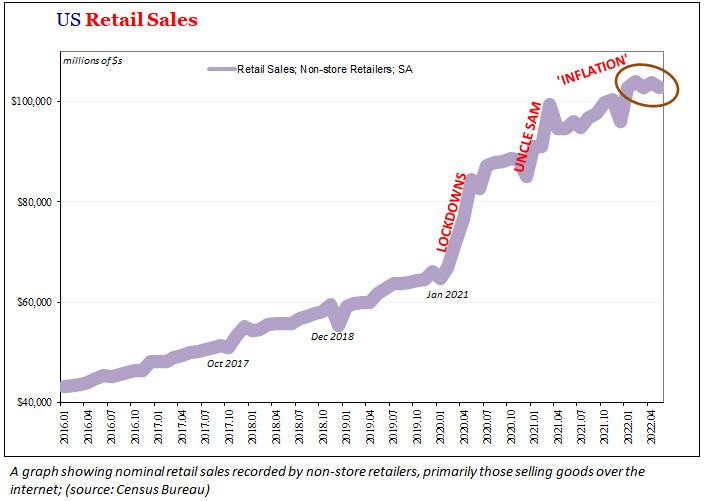
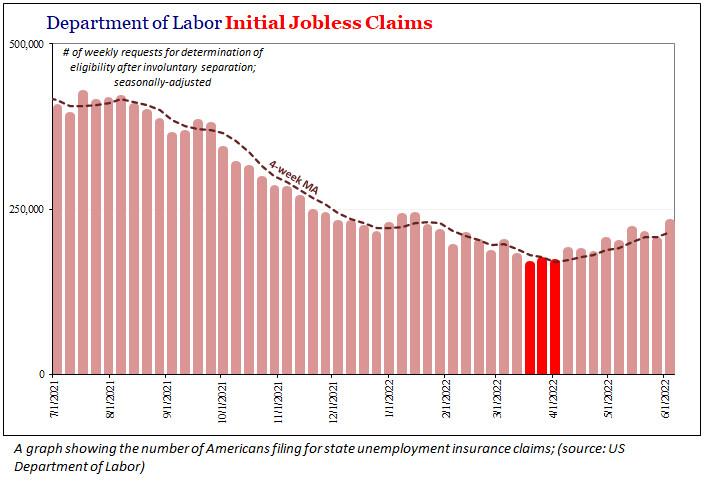
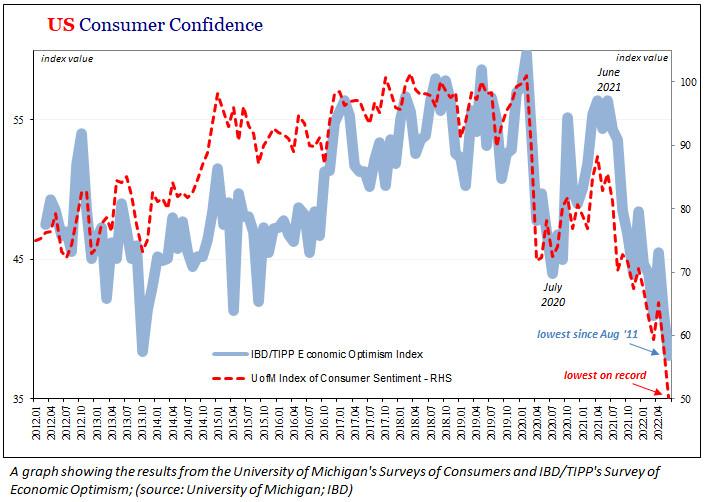
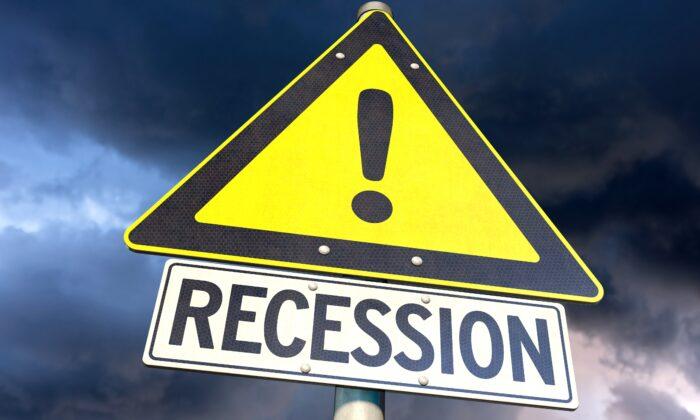
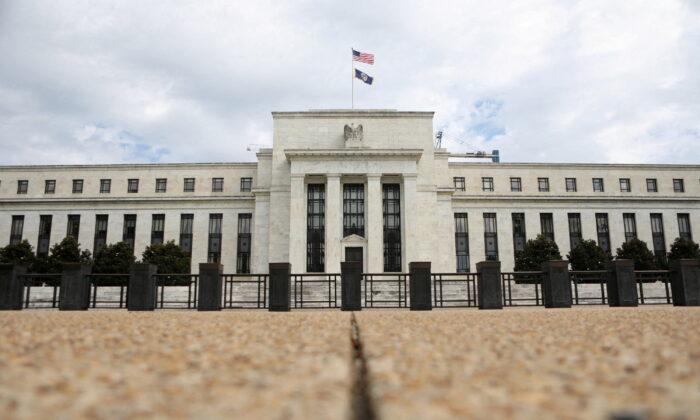


Friends Read Free